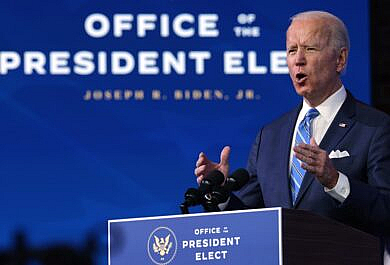Inflation rose quicker than expected, and some mainstream media outlets are warning of longer-term consequences. So why do the same outlets advocate for the policies that will lead to what they’re warning about?
Summary
Inflation is pushing prices for consumer goods large and small higher, prompting questions of “whether the current price surges are temporary” or a harbinger of long-term economic turmoil.
- Several key indicators, including the consumer price index and a less “volatile” version of it shows the largest increase in consumer pricing in over a decade.
- Grocery prices, and meat in particular, are rising for many families, “driven by soaring commodity costs, costlier transportation and challenges securing labor.”
- Despite rising prices globally, Walmart is increasing the number of discounts offered in-store, with Walmart’s CEO saying it is in the position to offer “rollbacks” and “widen price gaps to stand out from competitors.”
- For its part, the White House’s assessment of the increasing cost for consumers is that it is temporary, while telling businesses they should increase wages for workers to deal with the rise in prices and decrease unemployment.
![]()
- CNN is sounding the alarm on inflation, warning the Federal Reserve to take it seriously, while saying businesses (Walmart in particular) are “keep[ing] a lid on prices”, despite admitting that increases in minimum wages “should be inflationary”. In separate reporting, CNN analyzes how inflation affects low-income Americans first and worst, as a higher percentage of their income usually spent on essentials.
- The New York Times’ Upshot took an analytical look at the latest worries about inflation, what it means in the macro- and microeconomic sense, how it affects pricing of goods and cost of labor, while also noting the difference between different types of inflation, such as asset inflation versus price inflation.
- The Week collated commentary and data analyses from across the media landscape, including the New York Times’ Paul Krugman’s dismissal of inflation fears while noting a Newsweek opinion piece warning of the “wage-price spiral” in which higher prices demand higher wages which in turn increase prices again.
![]()
- Fox Business focused on the White House’s continued optimism about the economy despite higher-than-expected inflation and a slower than expected return to pre-pandemic workforce levels, noting Republicans’ argument that the extended unemployment benefits are having a negative effect on the “return to normal.”
- Wall Street Journal’s analysis of the latest inflation fears focused more on investor sentiments, including how some indicators of inflation’s effects behaved irrationally, while also noting arguments from some that the unexpected rise in inflation could also be a remnant of a shock to the system from a sudden reopening after a year of languishing movement due to the pandemic.
- The Daily Caller was blunt in its assessment: increased government spending is lowering the value of the dollar, increasing prices while increases in wages have not kept up.
Author’s Take
It is interesting watching CNN, New York Times and their peers in the mainstream media warning about inflation and quietly admitting the larger economic consequences of dramatic or immediate increases in minimum wages. While they do that, they also cheerlead for increased government spending and social intervention, which will contribute to the conditions for the “wage-price spiral” they are desperately warning about.
© Dallas Gerber, 2021






